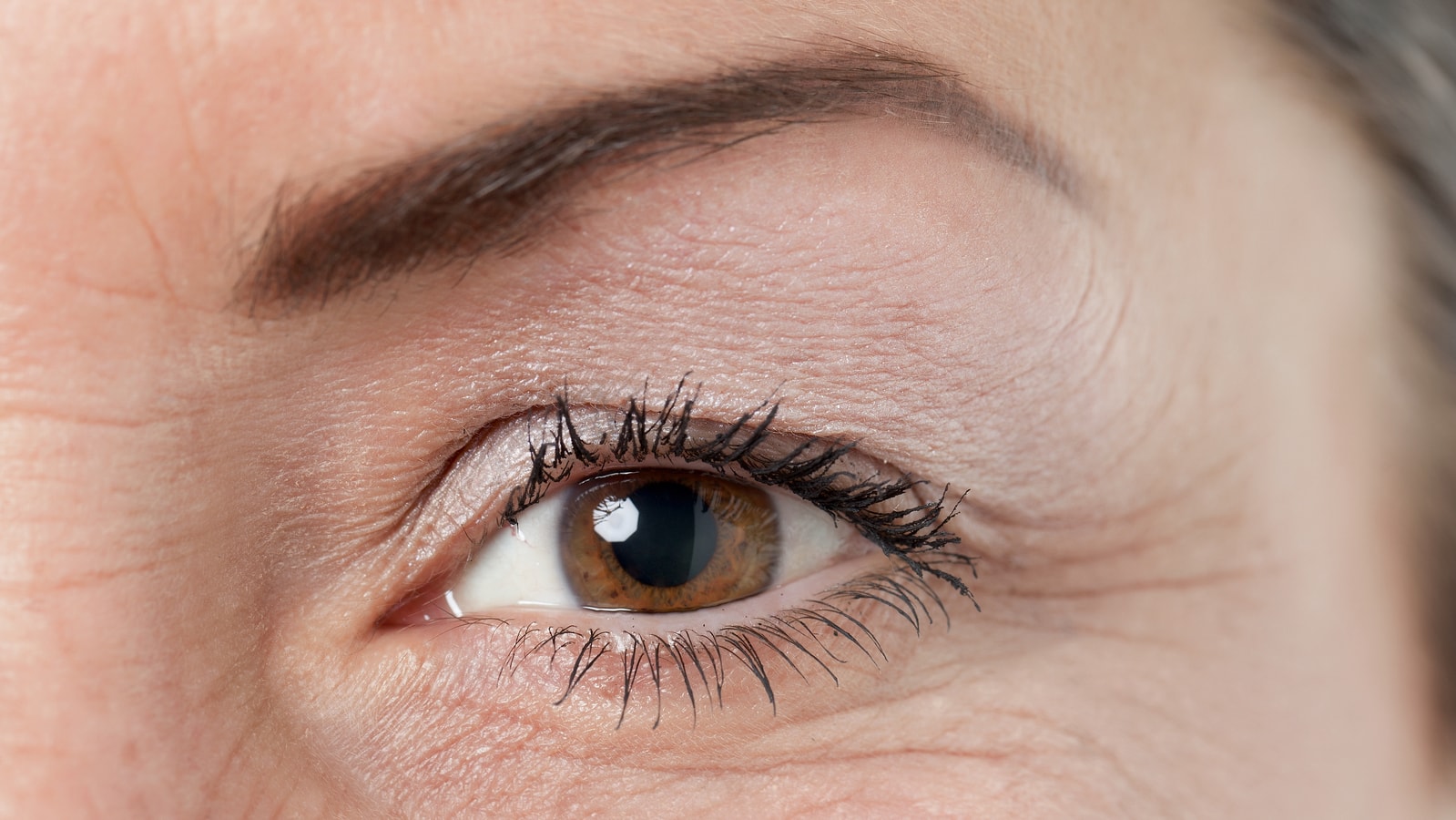

There are many plastic surgery treatments designed to improve a patient’s looks—breast enlargement, for instance, or buttock lifts. However, many procedures exist to improve the patient’s quality of life, rather than just his or her physical appearance. One such procedure is eyelid retraction repair.
Eyelid retraction, essentially, is when a patient’s eyelid is not in a “normal” position. This can happen in a variety of ways. The lower lid, for instance, should be positioned around the area at the bottom of the iris. When it’s pulled down more, that’s considered to be “retracted.” When the upper lid is pulled up more than is normal, that is retracted as well.
Repair depends on the cause of the retraction, which is where a plastic surgeon comes in. A qualified surgeon can assess the patient’s needs, and determine what the best mechanism for repair is. One of the common reasons a patient seeks out eyelid retraction repair is due to complications from cosmetic blepharoplasty (eyelid surgery). The lower lids, for instance, could be pulled down too much, either from scarring or too much skin being removed. Though it seems like a skin graft might be the right answer for this problem, skin grafts generally can’t be done in the delicate area surrounding the eye—it would produce an unattractive, bizarre-looking result. In this case, the surgeon will need to do a posterior lamellar graft, which is done to elevate the back part of the eyelid. They will then do a cheek flap from the front toward the front part of the eyelid. This is only one of the myriad techniques surgeons use in eyelid retraction repair.
One condition that eyelid retraction repair works well for is Graves’ disease. Graves’ disease is an immune system disorder that affects the thyroid, causing it to overproduce hormones. This can cause pull the eyelid down, which can obstruct the patient’s vision. In this case, the surgeon might remove or reset the muscle, so that the eyelid can be moved back into proper position.
The risks of eyelid retraction repair are similar to the risks of many other eyelid surgeries—for instance, a minimal chance of vision loss. As with any surgery, there are anesthetic risks. A patient may have a bad reaction to the anesthesia, but, again, the likelihood of this happening is very small if the surgeon uses a skilled anesthesiologist.
More likely are the aesthetic risks. Due to the complex nature of the procedure and how delicate the skin around the eye is, there’s always a chance that the position of the eyelid won’t be exactly right, or that there will be a bit of scarring where the incision was made to tighten the eyelid. The scar is typically not too bad, but it really depends on the patient.
Eyelid retraction repair patients should expect to experience some bruising and swelling, which can last anywhere from three days to three weeks (depending on the patient). The final phase of healing begins between six weeks and six months after the procedure. This is when the body’s final mechanisms of healing set in. The patient may experience an occasional itch or prick as the nerves grow back and the deep stitches absorb. After the six-month mark, the healing process is basically done.
Though the cost varies from procedure to procedure, this treatment is nearly always covered by insurance. This is because eyelid retraction repair is typically reparative, rather than cosmetic.
Eyelid retraction repair is a great option for patients suffering from diminished quality of life due to their misplaced eyelids. If you are interested in this procedure, it is important to seek out an accredited, board-certified surgeon with proven experience in eyelid surgery. Always do research when choosing a doctor for a surgical procedure, particularly one as complex and challenging as eyelid retraction repair.
Written by Cosmetic Town Editorial Team through exclusive interview provided by Dr. Sam Goldberger of Ophthalmic Facial Plastic Surgery Insititute in Beverly Hills, CA.